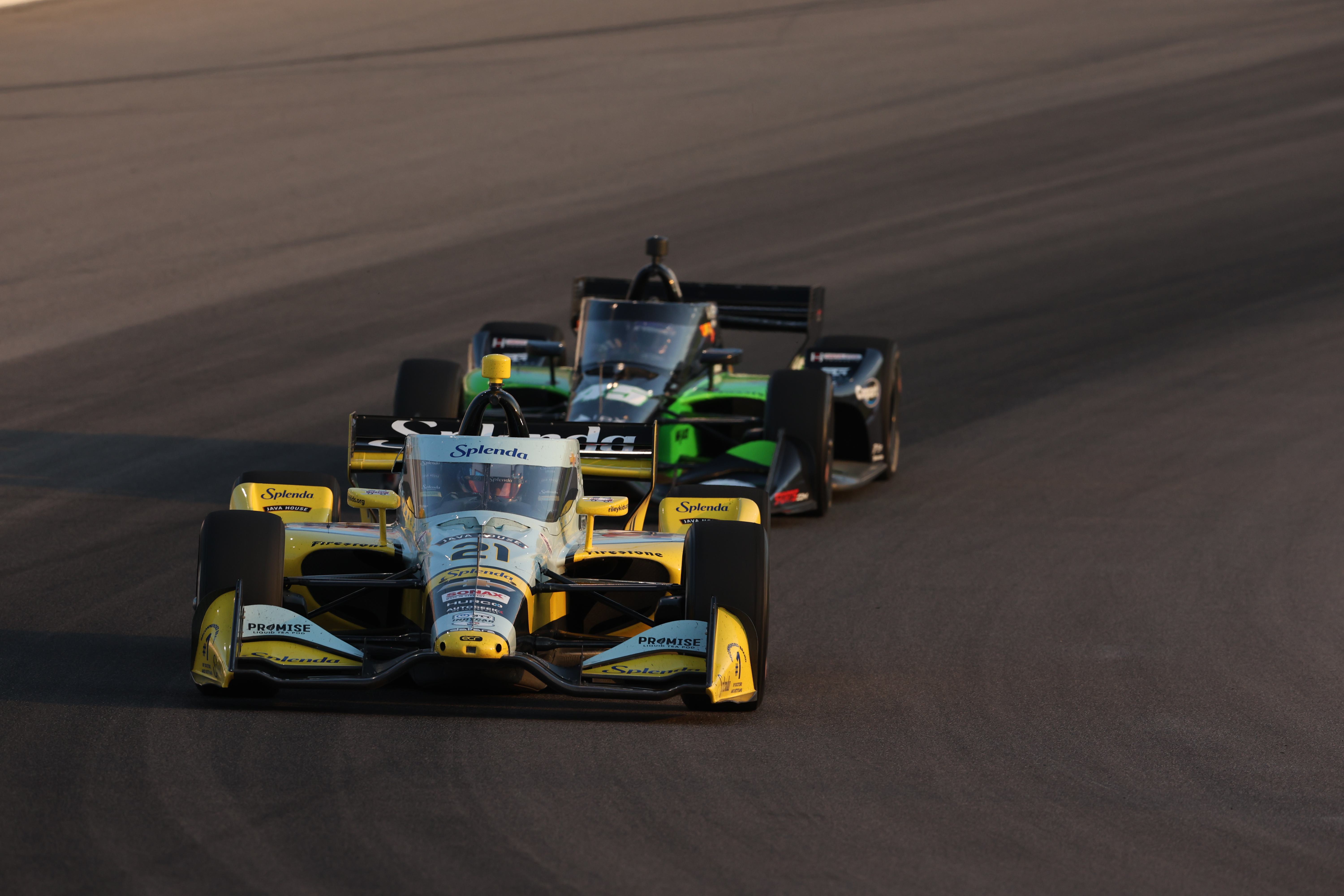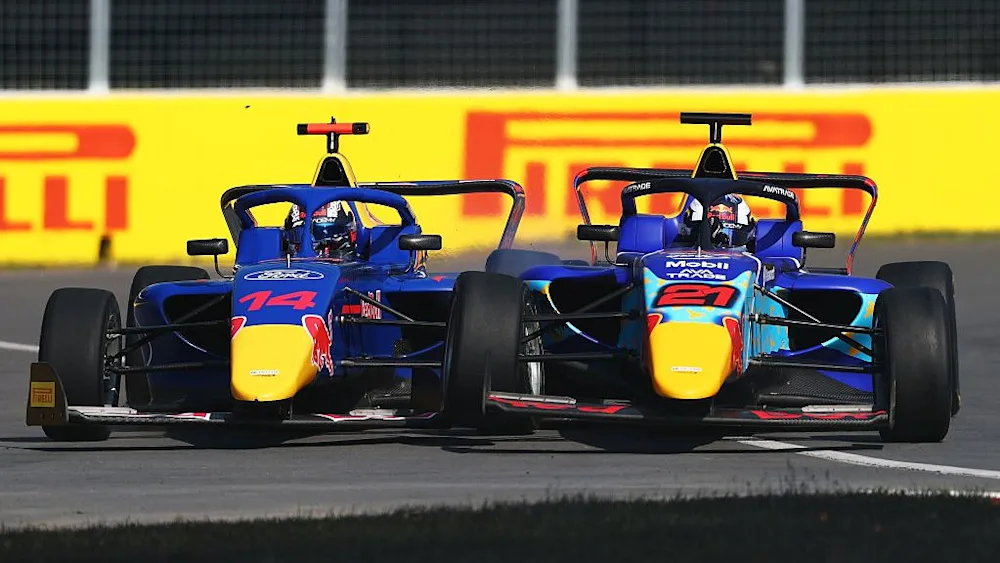OPINION: Are sprint races as bad as they seem?
- Kallum Bates
- May 6, 2021
- 3 min read
Updated: Jan 14
Written by Kallum Bates, Edited by Hazel Alagappan
Over the past couple of weeks, Formula 1 fans around the world were informed of the news that was already common knowledge for most, that sprint races are coming to the sport in 2021. F1 bosses have unanimously agreed to this new format, with a number of team bosses such as Christian Horner, Toto Wolff and Zak Brown stating that sprint races should be trialled to see whether they will be as successful as they are in other championships. Despite this, there are mixed feelings about this format amongst Formula 1 fans and concern as to whether this is a step forward or another step backwards for the sport.
Although the fans, as much as anybody want the sport to be more exciting and entertaining for all, there was a fear when the announcement was made that this format would have a similar effect to that of the brief 2016 qualifying format. At the time there was also a lot of optimism about a system that would see a driver eliminated after a certain elapsed time in each stage of qualifying, and then another removed every 90 seconds until the end of each session. In the first trial of this particular concept, Lewis Hamilton took pole from Nico Rosberg and Sebastian Vettel, but the headlines were stolen by the pedestrian nature of qualifying, with a severe lack of action in Q3 specifically. All drivers were out of their cars by the time the chequered flag was waved to signal the end to a qualifying session that was described as “not acceptable” by Martin Brundle on air. The idea was subsequently scrapped for the next race and never to be seen again. The fans welcomed this decision and because of this past experience with the alteration of qualifying, the majority of the F1 community are understandably sceptical about the idea of changing the already successful qualifying format.
So, how does the failed change of qualifying in 2016 relate to the idea of sprint race qualifying in 2021? The simple answer is that it doesn’t, as it is an addition to the action throughout the weekend, instead of a complete replacement of an existing format. The usual 1 hour qualifying session will still take place but on a Friday instead of practice 2, and will set the grid for the sprint race on the Saturday which will take place after another 1 hour practice session. The top 3 in the qualifying race will all earn points with 3 points going to the winner, 2 points going to 2nd and 1 point for the driver who finishes in 3rd place. The order that the cars finish in will set the grid for the usual Grand Prix on Sunday.
So, what is there not to like? A lot of fans on social media have displayed their disapproval of the new format, with the main fear being that Saturday’s action will become boring and not as exciting as the current qualifying setup, which is understandable considering the effectiveness of the last proposed change to the F1 weekend. However, there is a lot more action throughout the weekend with the sprint race format, which will bring in many more viewers on a Friday to watch the standard qualifying session, along with the viewers on a Saturday and Sunday that will be curious to see how the sprint races work. It also adds another dynamic to the championship, where teams can pick up more points at selected races. For example, Interlagos is supposedly one of the 3 races where the sprint qualifying will be trialled. This could heat up the championship battle even more towards the end of the season as Red Bull and Max Verstappen usually go well around the famous track. Those 3 points could be the difference in swinging the championship to Red Bull.
To summarise, the new format looks promising, and if implemented correctly with maybe a few adjustments next season it can be a success in Formula 1, just like sprint races have been in Formula 2 and other championships. This concept adds another dimension to the weekend, as well as maintaining the integrity of the sport and keeping it fair for all teams involved.









Comments